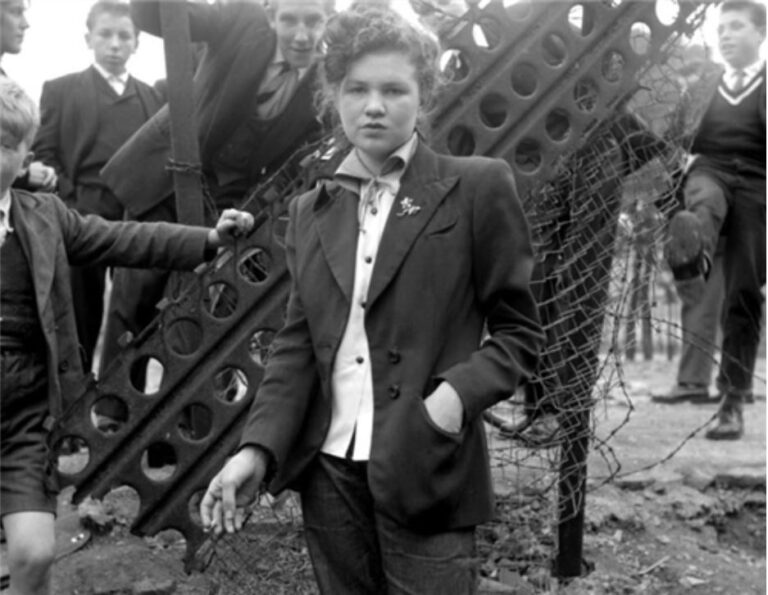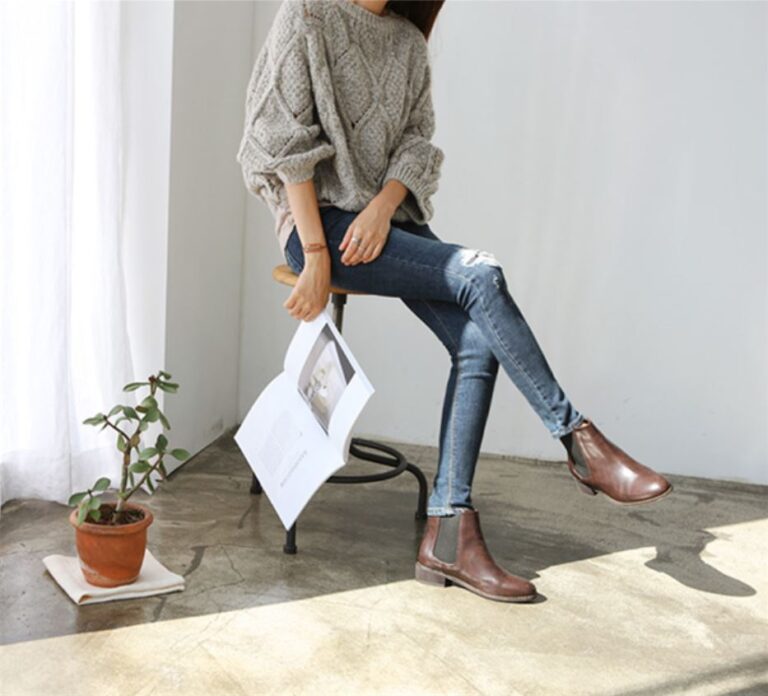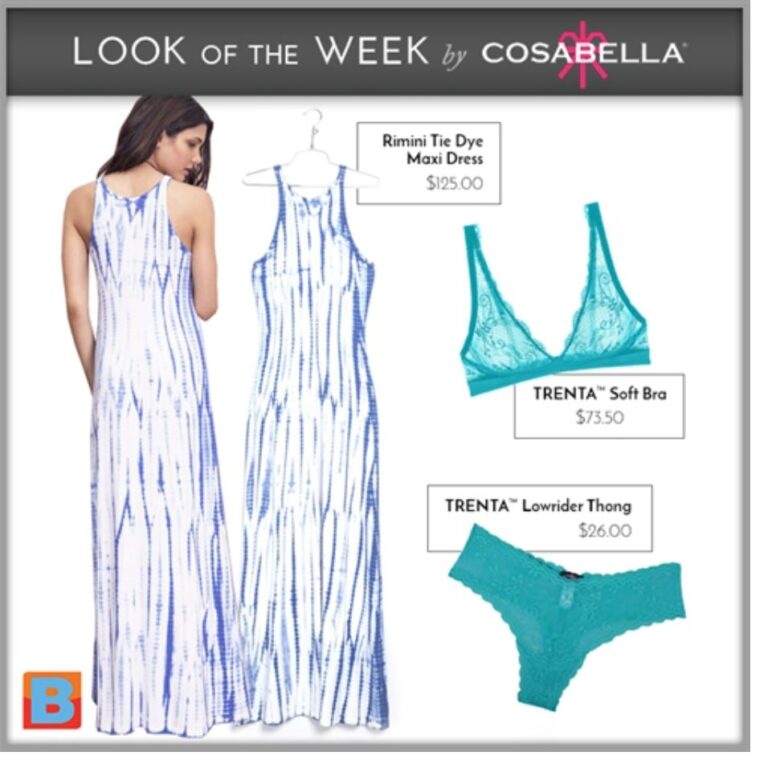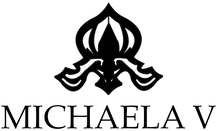Each year, the race draws locals, out-of-towners, celebrities and royalty alike. While most think the competition is on the track, those in the know would say the fashionistas in the stands are the ones who give the horses a run for their money.
The history of derby fashion stems from the era of famous long-established races such as the Royal Ascot formed in 1711 and the Epsom Derby formed in 1779 in England. The popular term “derby” was even coined from the Epsom Derby—originally named The Derby after one of its founders, Lord Derby.
More than 10,000 spectators attended the first Kentucky Derby on a sunny spring Monday in 1875. Originating as a social engagement among the upper class, the racetrack was characterized as a venue where you dressed formally and stylishly, displaying your place in society. Wearing hats was not only the trend in the early years of these races, but a form of etiquette that distinguished classes. As the racetrack quickly attracted people from beyond the upper class, many people wore hats and formal wear to uphold the level of class and showcase their own style. People dressed the part of high-society, put on their fashionable hats and went with friends to place bets and watch the race while sipping on a refreshing Derby Daze — a favorite cocktail of it’s time.
As times and fashions have changed, aspects of the traditional derby look have stayed in vogue most notably, formal wear, hats and fascinators. Who doesn’t love the chance to wear a bold tie or an outlandish hat? If you’ve dreamed of the chance to dress in the formal style of another era and still look fashionable, the Kentucky Derby is held every year at the beginning of May. Some derbies impose stringent dress codes, but at the Kentucky Derby they simply encourage derby-goers to dress with class and to have some fun expressing themselves through color and design.
The Derby isn’t just a race—it’s an experience that seems to never go out of style.
























